This Thanksgiving, as Native Americans are fighting for clean water and clean air here in the United States, I wanted to feature images of the Ona, with some historical and cultural context, as a reminder of the cultures and ways of life that have been destroyed because of a lack of understanding and respect for people that are labeled different and other.
Three other men around the turn of the century created amazing visual records of the Ona: Samuel K. Lothrop, Alberto Maria De Agostini, and Martin Gusinde.
Lothrop was an anthropologist and archeologist who specialized in the cultures of South America. In 1924, he travelled to Tierra del Fuego to view the Ona and the other indigenous tribes. His images show the Ona living traditionally, yet with a mix of traditional and European clothes and tools.
Photos taken by Samuel Kirkland Lothrop, 1925. Courtesy of the National Museum of the American Indian, the Smithsonian Institution.
Father Roberto Maria de Agostini was born near the Alps in Italy, and after becoming a priest was sent to Punta Arenas in Chile. There, he started working to preserve the culture of the Ona. His photographs feature the body-painting that Furlong described: "The nearest approach to writing is drawing, which in a crude way they apply to their faces, bodies, and limbs. This is done with three colors -- black, cream-white, and a dull orange red ochre."
Photos taken by Father Alberto Maria De Agostini, 1935. Courtesy National Museum of the American Indian, the Smithsonian Institution.
This last set of photos is the most beautiful, and the most haunting. Taken by Martin Gusinde in the 1920s, they depict some of the ceremonies of the Ona. Furlong wrote, "There are certain mystic rights and necromancy pracised by the Ona, which up the present time I am not at liberty to reveal." I can't be sure if he was being coy because he didn't know or didn't understand the rituals or was simply making things up, or if he had in fact seen rituals that he didn't feel was appropriate to discuss. Gusinde, a German priest and ethnologist, did view these ceremonies and took over 1000 photos of the Ona, Yamana, and Kawesqar.
Warning - one of the reasons that Furlong might not have discussed these rituals is because they involve nudity, so the photos might not be appropriate to view at work. If you want to see more, consider the photographs of Martin Gusinde, collected in The Lost Tribes of Tierra del Fuego, watch "The Ona People: Life and Death in Tierra del Fuego," or listen to the haunting songs and voices of Ona alive in 1966, interviewed by Anne Chapman and Alan Lomax.
0 Comments
Your comment will be posted after it is approved.
Leave a Reply. |
Come in, the stacks are open.Away from prying eyes, damaging light, and pilfering hands, the most special collections are kept in closed stacks. You need an appointment to view the objects, letters, and books that open a door to the past. Archives
April 2023
Categories
All
|
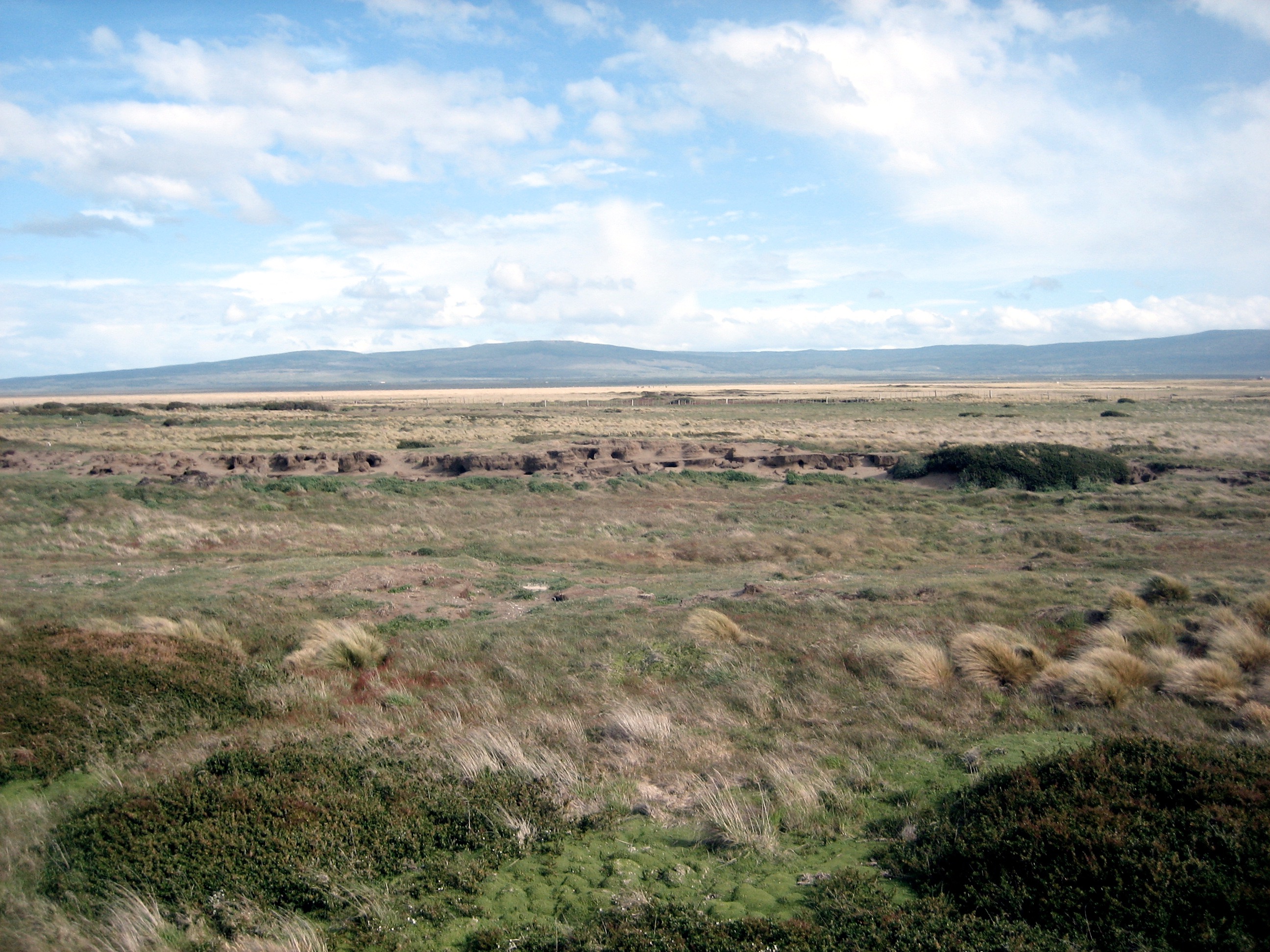
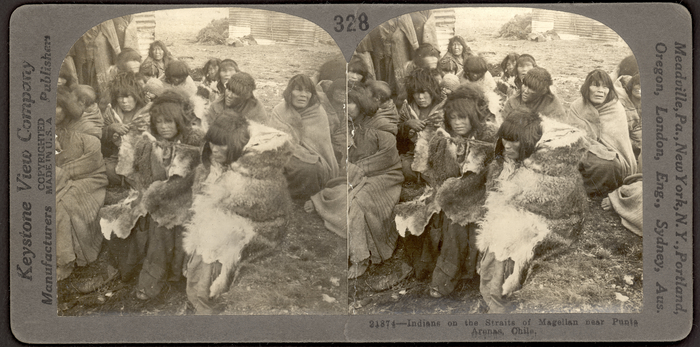
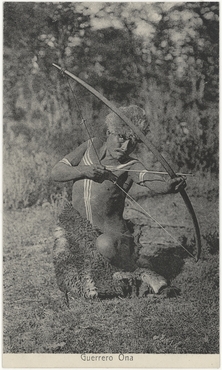
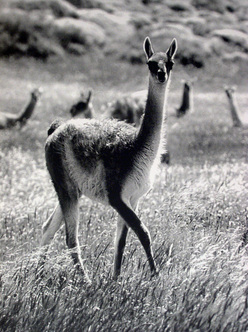
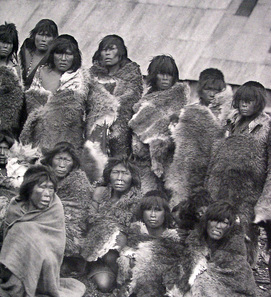
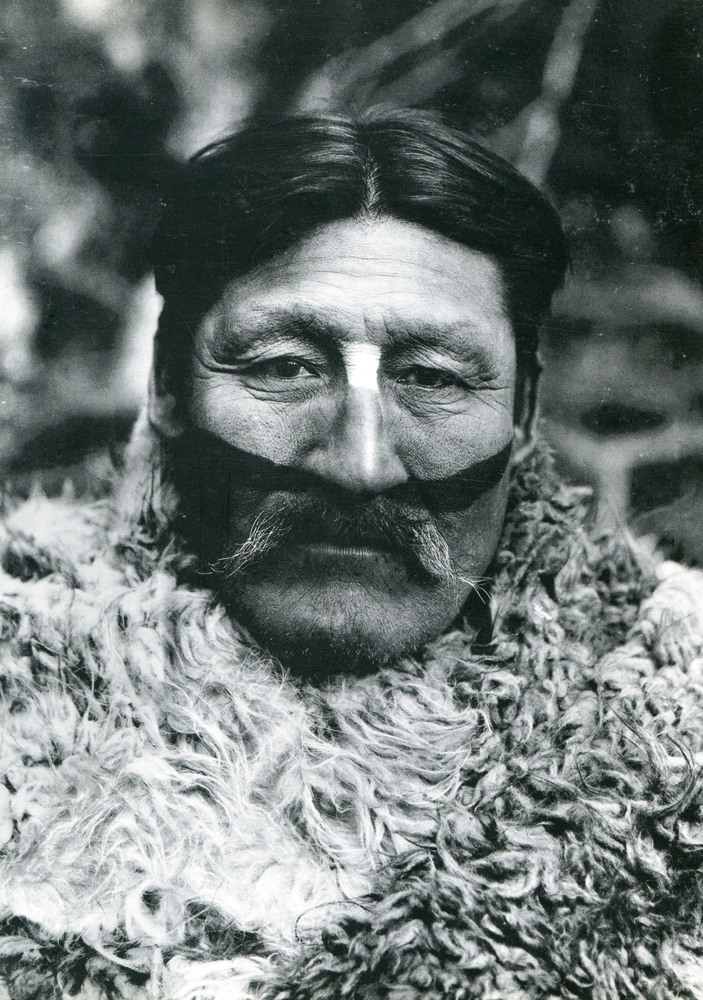
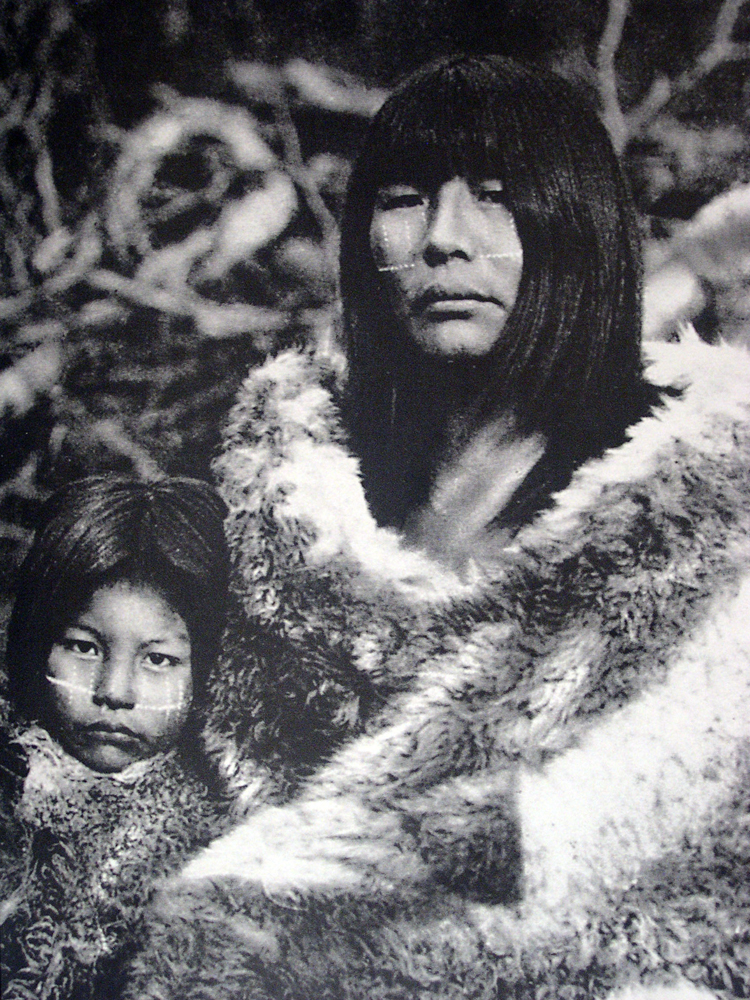
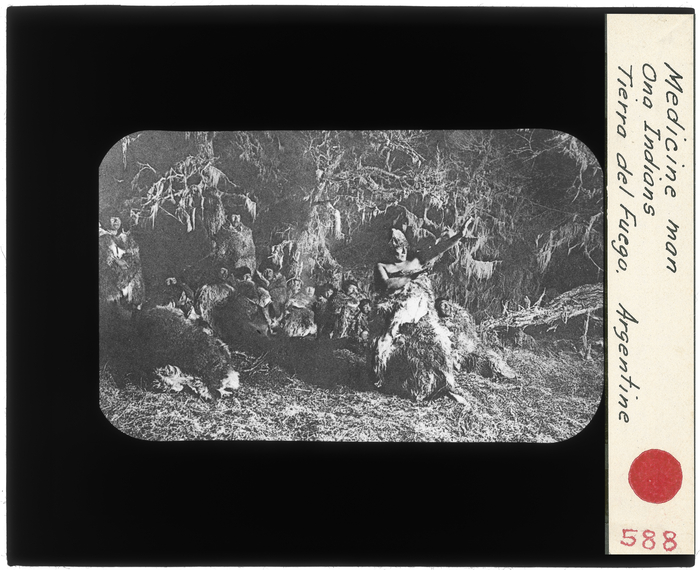
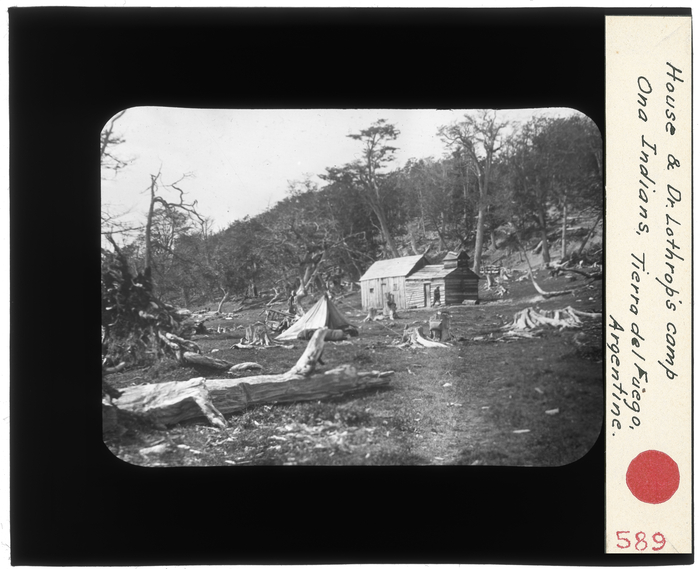

 RSS Feed
RSS Feed